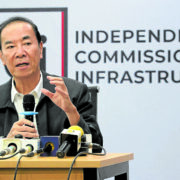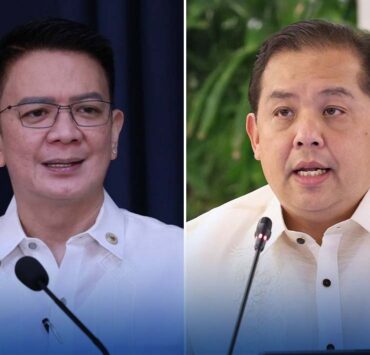PhilHealth set for ‘major revamp’

The Governance Commission for Government-Owned or -Controlled Corporations (GCG) has approved what it described as a “major revamp” in the Philippine Health Insurance Corp. (PhilHealth) that will address “long-standing issues” hounding the state-run health insurer.
GCG Chair Marius Corpus said the commission approved the restructuring plan on June 25 and gave the state health insurer a year to implement the plan.
There was little information disclosed on what the “revamp” entailed, except that the plan will address an outdated workforce, fragmented data and strategy execution, as well as issues related to benefit claims.
Impact on jobs
The revamp will not lead to the loss of jobs at PhilHealth and will actually result in a “minimal increase” of positions under a revised structure without making a significant impact on PhilHealth’s finances, Corpus told the Inquirer.
“The casuals are given the opportunity to apply for the permanent plantilla positions in the new PhilHealth OSSP (organizational structure and staffing pattern). About half of the current personnel are casuals,” Corpus said.
“PhilHealth requested for around 10,000 positions nationwide,” he added. The GCG approved more than 7,000 positions, up from the present staff number of over 6,800.
The restructuring includes a revamped organizational structure with 503 units and a total of 7,149 positions. The GCG said this is designed to improve services and strengthen PhilHealth’s capability to fulfill its expanded mandate under the Republic Act No. 11223, or the Universal Health Care Act.
Under the plan, PhilHealth will centralize its finance, legal, information technology, procurement, human resources and general administration services—areas that were previously tagged in the past in allegations of malfeasance and mismanagement.
Inconsistencies, conflicts
The issues include questionable procurements of supplies during the COVID-19 pandemic, repeated overpayments to hospitals and testing clinics, a former chief executive officer who resided for a year in an expensive hotel when PhilHealth was sustaining losses and even a regional PhilHealth official who had an office party that included a woman’s racy dance performance.
The GCG said the centralization will address the “inconsistencies and conflicts” in the current operational framework of PhilHealth. The reform also seeks to maintain the state insurer’s responsiveness to the public and enhance healthcare delivery.
The revamp stemmed from PhilHealth’s request for restructuring in 2022 after the COVID-19 pandemic exposed its inefficiencies. The GCG later approved a partial overhaul of the state health insurer.
One-year
The core function of PhilHealth, as an attached agency to the Department of Health (DOH), is to ensure policy coordination and provide guidance for the administration of the National Health Insurance Program.
But a study published by the Inquirer last year found that PhilHealth only shouldered 14 percent of the total health expenditures of Filipino households. The bulk of health-related spending at 45 percent was paid out of the pockets of Filipino families.
“To ensure the smooth and effective implementation of the restructuring, the GCG will closely monitor PhilHealth’s progress and require quarterly reports,” the GCG said.
“PhilHealth has one year to implement the crucial services and centralization outlined in the GCG Order,” it added.
The GCG also ordered Philhealth to beef up its internal audit team, which must have independence. To ensure checks and balances, the GCG said the internal audit office must report to the audit committee of the Board of Directors, and shall administratively report to the president and CEO of Philhealth.
PhilHealth will also have a new unit called the Benefit Payment Appeals Office, which will handle appeals on benefit claims payment.

















